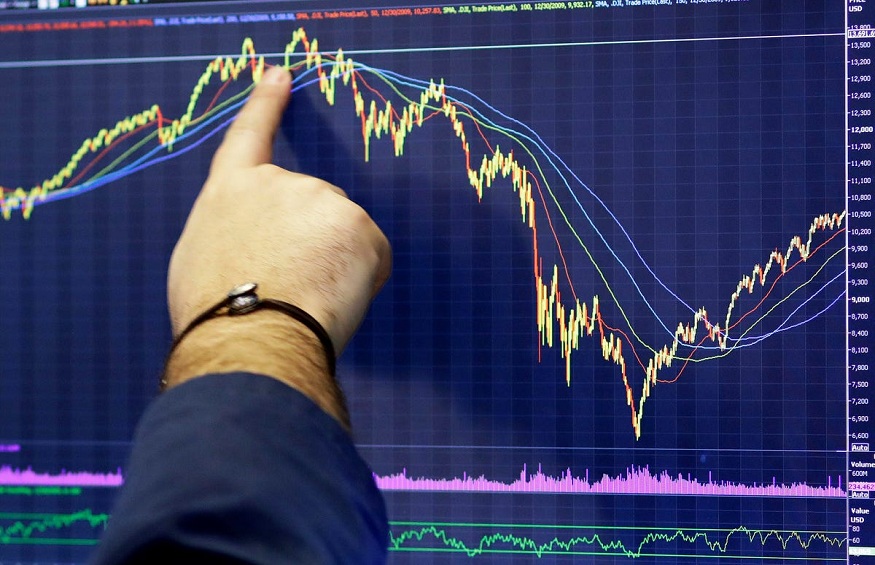The 50-day moving average is a technical analysis indicator used to measure the average price of a security over the last fifty trading days. This indicator is calculated by taking the sum of the closing prices of the stock over the last fifty trading days and then dividing it by fifty. This provides a reliable measure of the stability of the security’s price and gives an indication of whether it is trending upwards or downwards. The 50-day moving average can be used as a signal for entry and exit in many trading strategies, allowing for more informed decision-making based on price action. Let’s discuss details of the 50- Day moving average in investment online trading.
Typical Definition of 50- Day Moving Average
The 50-day moving average is among the most common technical measures of price movement patterns (MA). Traders frequently use it to determine the support and resistance levels for equities. It is widely used since it is a reliable trend indicator. The 50-day moving average acts as a dividing line, indicating the technical health of the stocks over the line and the lack thereof under the line. A further indicator of the health of the market is the proportion of equities above their 50-day moving average. Many market traders also utilise moving averages to decide when it is optimal to purchase and sell specific securities.
Meaning of the Moving Average
A 50-day moving average is a technical indicator that is used to measure the average price of a security over the last 50 trading days. This indicator helps investors identify trends in stock and determine whether it is in a period of a sustained uptrend, downtrend, or trading in a sideways range. The 50-day moving average is also referred to as the short-term moving average and is often used in conjunction with a longer-term moving average to help generate buy and sell signals. While the 50-day moving average is not as reliable as its 200-day counterpart, it is still popular among traders because it is more sensitive to shorter-term price changes.
Strategies for Moving Average Crossover
- Traders analyze the bullishness of a certain company using this 50-day moving average coupled with a 200-day moving average to strengthen the indications.
- A Golden Cross occurs when a stock’s short-term moving average exceeds its long-term moving average, such as its 200-day moving average. It suggests a single solid leading to a bullish turn.
- The longer-term moving average is expanding more slowly than the shorter-term moving average, which is what it signifies. It shows that the equities are breaking through the long-term MA’s level of support to set new highs.
How To Calculate The 50-Day Moving Average
The moving average over 50 days can be calculated by adding the closing prices from the previous 10 weeks (day 1+day 2+day 3…day n). The money is then divided by n, which is 50 days. Simple moving averages are frequently employed as a result. To gain a longer-term view of how the prices have evolved, multiply the closing prices by an additional number of days or periods. To calculate a 200-day moving average, the closing prices for the preceding 200 days must first be summed, divided by 200, and then used.
Significance of the Moving Average
The average is a straightforward and useful indicator that highlights price trends on stock market trading app. Although it might be difficult to detect smaller price changes, when used in conjunction with a long-term moving average, it can provide meaningful market signals. Let’s examine the significance of the following 50-day moving average by the level of popular support and resistance: This kind of average is regarded by many traders as a solid and practical indicator of resistance and support. Although this average shows price action historically, it also reflects changes in the prices at which investors bought and sold the assets over the previous ten weeks. It displays the price movement’s trend and range.
- Support From The 50-day Moving Average: When stock prices are hovering in the demand zone, investors buy stocks at this moving average as a support level. When prices just retrace from the support level, it is a demand zone. The prices now soar above the 50-day MA as more buyers enter the market. This 50-day moving average provides a reasonable level of support.
- Resistance: 50-day Moving Average: When prices start to fall upon entering the supply zone or, by sufficient buying force, violate the moving average over 50 days, traders set stop orders to short equities. This average falls within the upper ceiling of the supply zone.

